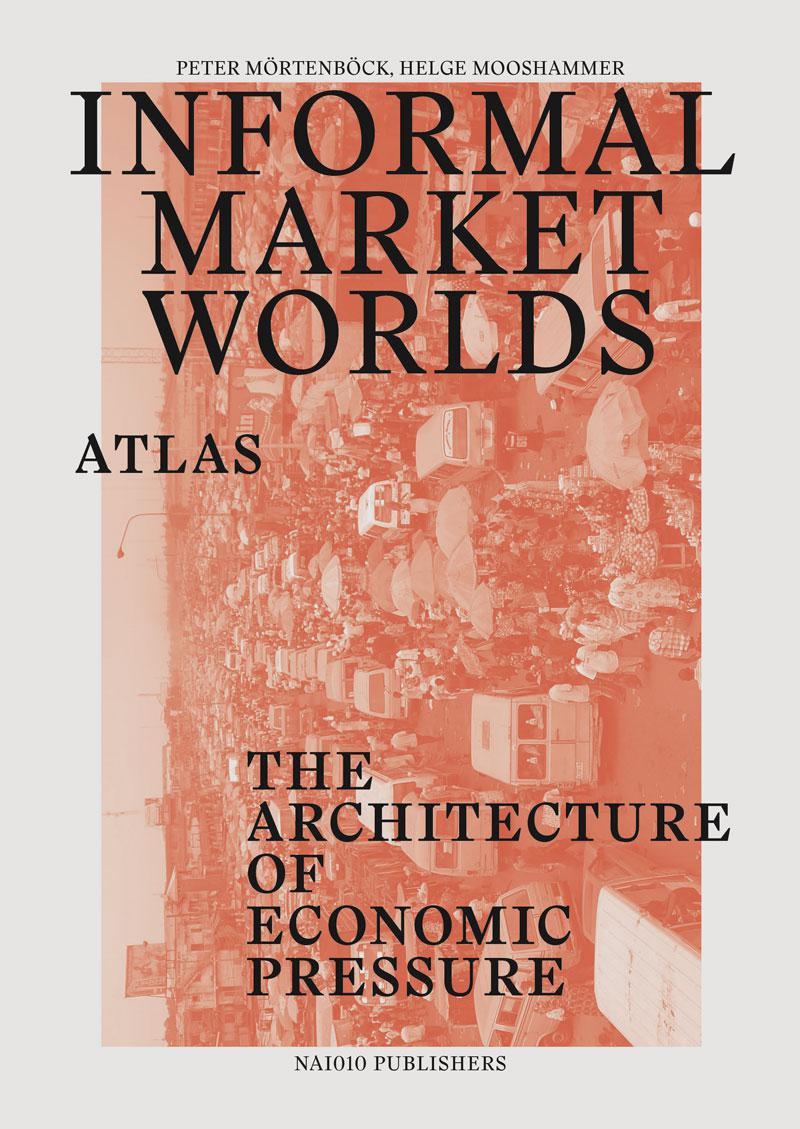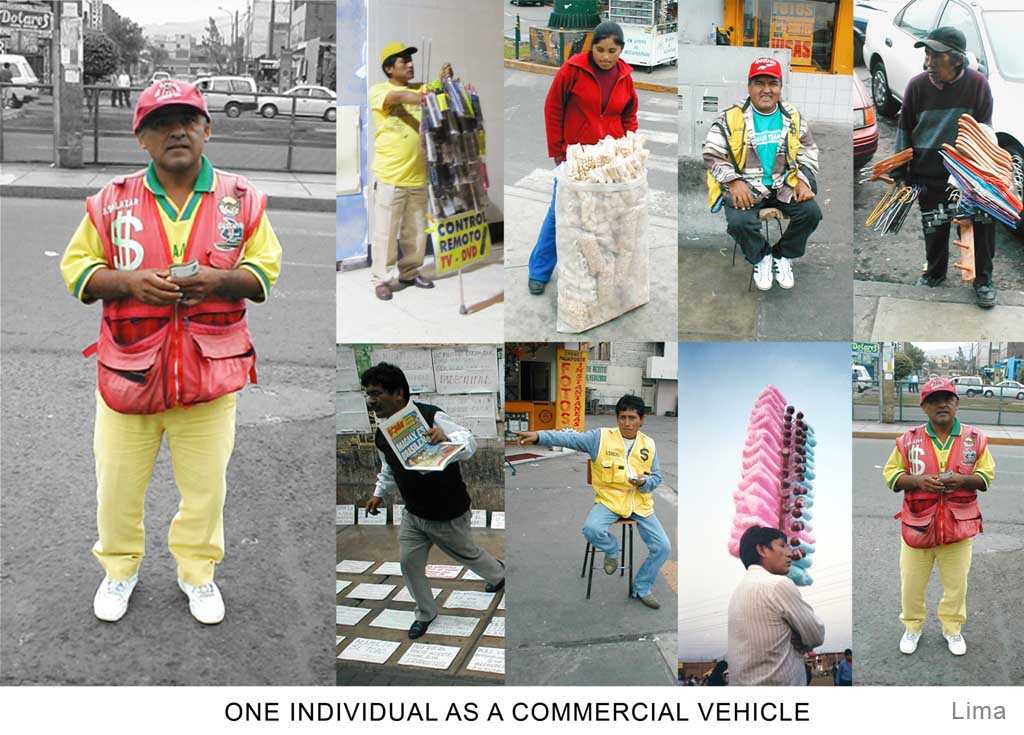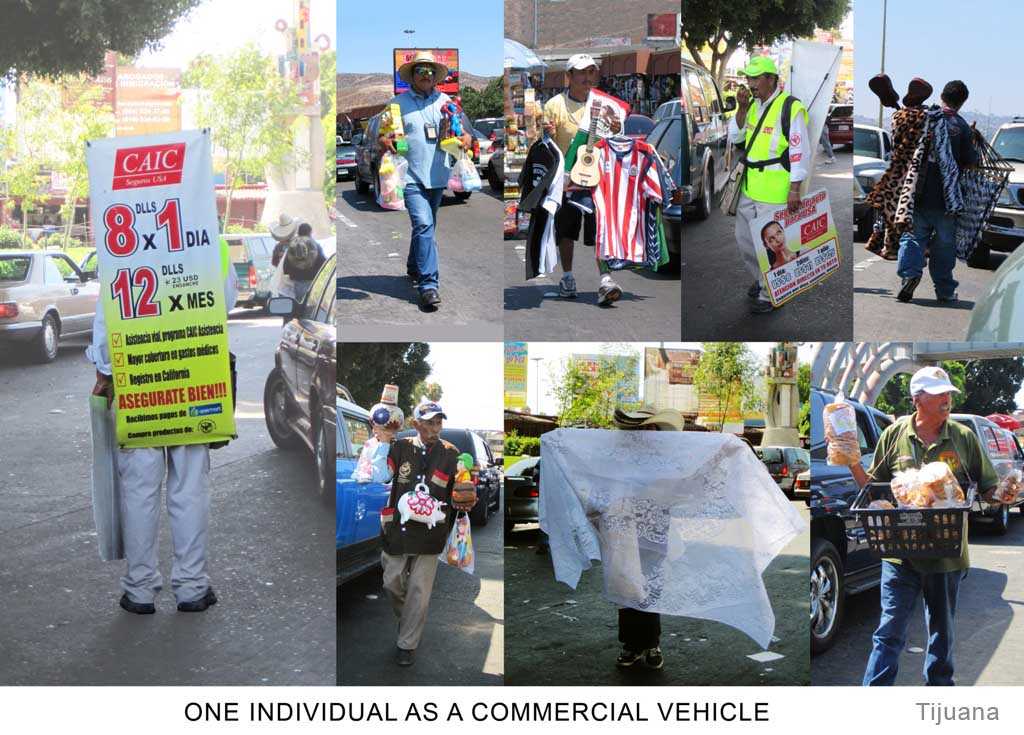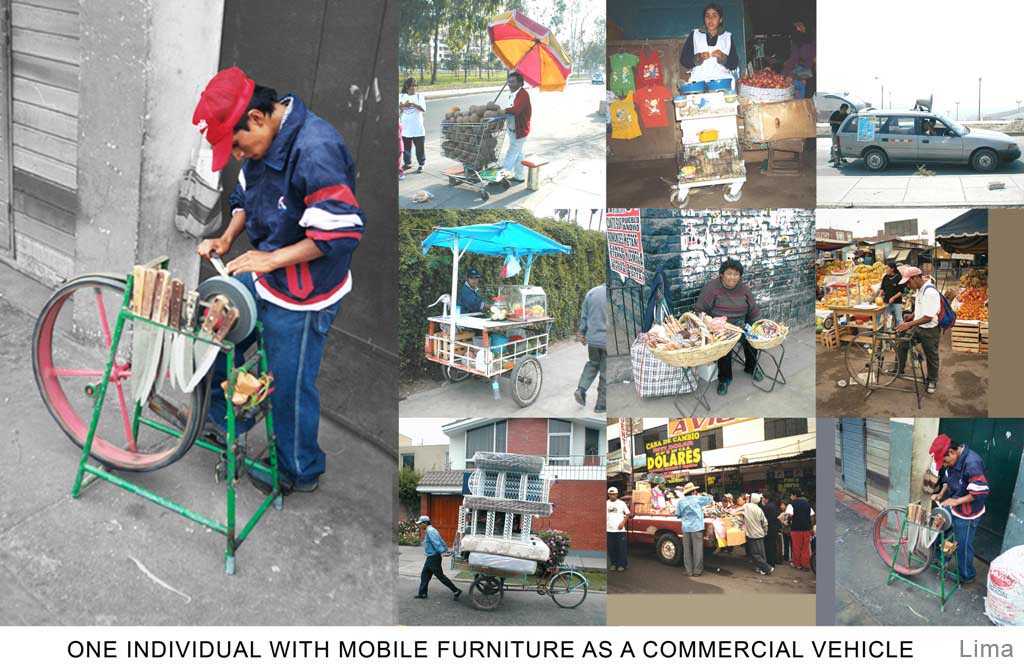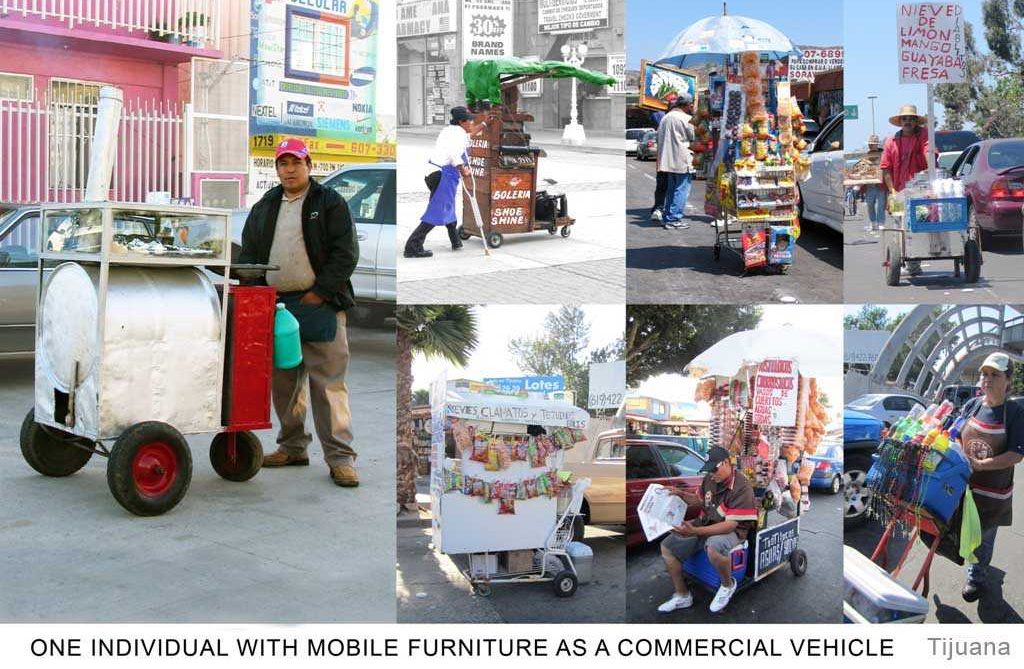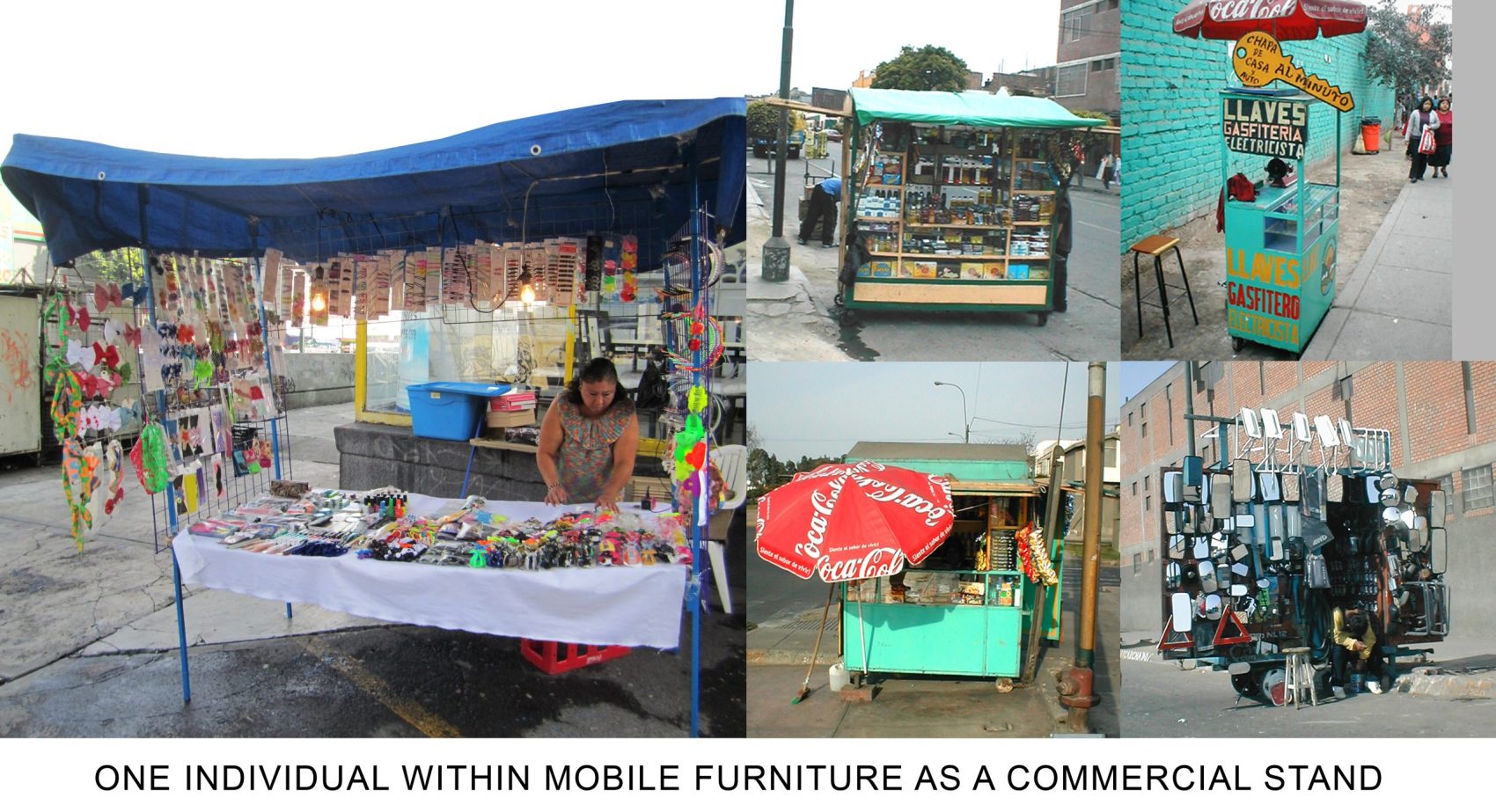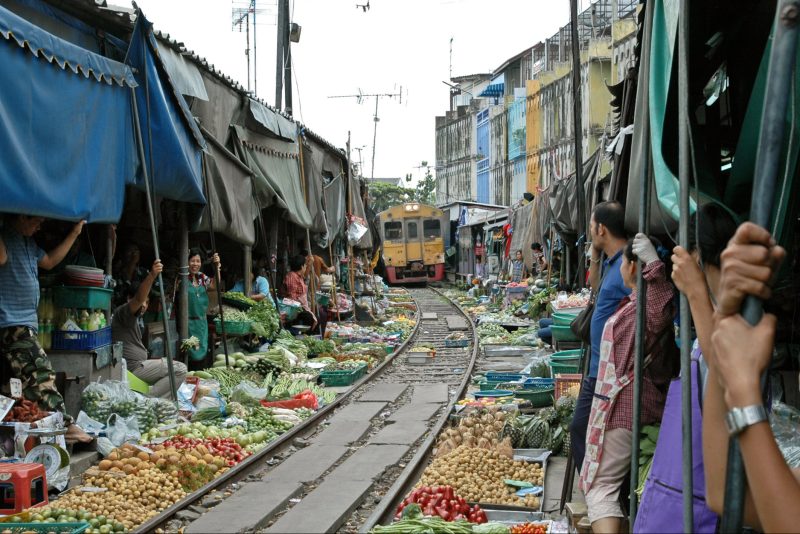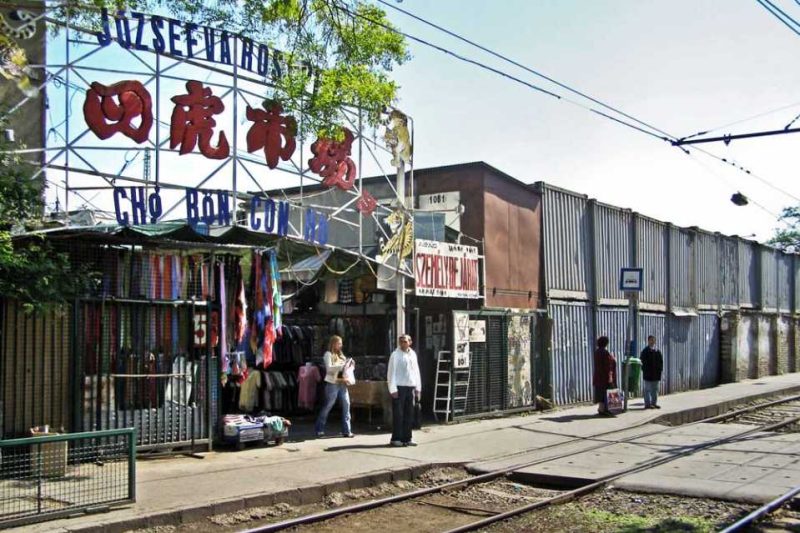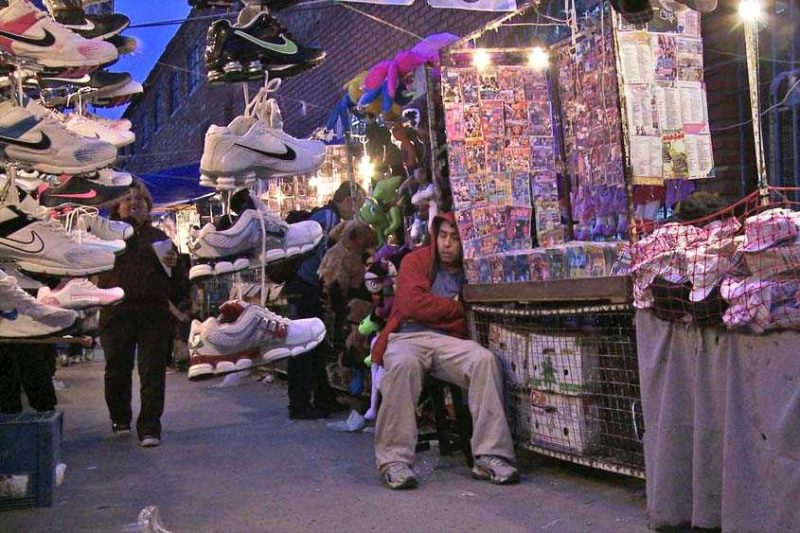- MOBILITY: URBAN INFORMALITIES
- FWF
- 2010-2015
- Other Markets
CASE STUDY: MICRO RETAIL
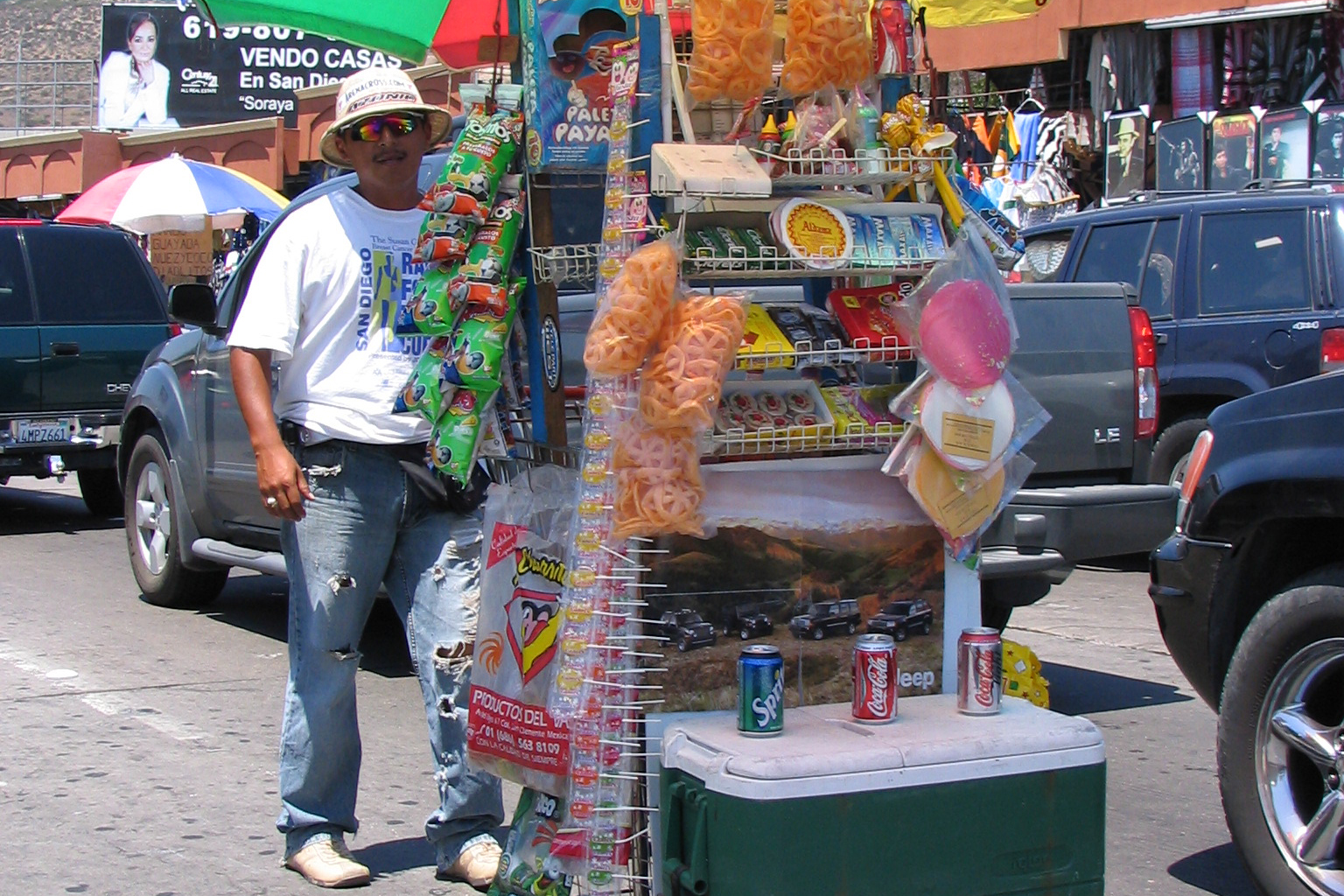
One individual with mobile furniture as a commercial vehicle, Tijuana, Mexico
MICRO RETAIL
Originally from Lima Peru, for the last years I lived and worked in Tijuana, México, where I established Germen Estudio of architecture and design. In Lima my work focused on exploring the “informal” city, the city of shanties and barriadas. In Tijuana my interest shifted towards the investigation of the architectural experience of the migrant.
Suddenly in the position of the informal settler, the illegal, without solid networks and without the privileges afforded citizens, I understood that these conditions render what we call “design or planning” impossible since there are no bases upon which to establish a consistent methodology or plan. Rather, what takes place is physical consolidation and construction that negotiates between needs and situations. Instead of the pre-established idea of the project, its plan or design, architecture results from the constant procedural exercise of self-construction, growth and appropriation.
This growth without design nevertheless results in organizational structures through processes of what I read as urban sedimentation. This is a process that takes place in constant negotiation and growth in time, and involves settlement, accumulation, coagulation, and consolidation that are all common patterns in “informal” conditions generated by poverty in many parts of Latin America. In my view, such patterns occur equally in housing, commerce, and transport, creating a network of microurbanisms that linked together, make-up the “informal” city. A city of microurbanisms is constructed of units that reduce down, from near chaotic complexity, to the scale of one single individual. A person can carry his home, business and transport on the body; and build up from there; several individuals create micro-organizations that, outside of legal structures, consolidate over time into complex systems creating the new urban matter of physical and social infrastructure. Matter is then understood as a network of interconnected parts that generate an entity made of related individuals, functioning at different scales at the same time.
The body as a commercial vehicle is one of the most resourceful and flexible strategies that constitute the base component of informal urban economies. For the Other Markets I am presenting several collages that present the case of micro-commerce, using typological diagrams made with photographic images that I have been collecting for several years in Lima, Peru, and Tijuana, Mexico. The visual diagram investigation is divided into four phases or typologies of growth:
Location(s): Lima, PERU and Tijuana, MEXICO On-Site Collaborator:Giacomo Castagnola
Photography:
Giacomo Castagnola
Results of this case study were published in:
One individual as a commercial vehicle, the first stage of an urban micro-economy, the point of departure is one person using only his or her own body as store, a store to wear, a dress with lightweight goods, allowing for maximum mobility and flexibility, without defined location. This first stage could be the beginning of an urban entrepreneurship or could be a already consolidated individual working in a very commercially-contested and speed street location, such as roads, traffic streets or within public transportation.
One individual with mobile furniture as a commercial vehicle, is the second stage—this phase start when the person with their goods find a temporal spots in the city where they can occasionally occupy, and in order to contain and display the goods, and to make the business growth and evolve, he need additional micro-infrastructure; he need a mobile furniture.
One individual within mobile furniture as a commercial stand, in this stage the mobile business find a semi temporary location, as a space with the potential to future consolidation and permanency, in this case he not only build a mobile furniture to contain his goods but build it large enough to host an “interior space”; the furniture is still a mobile device, but is changing its scale and turning into a temporal stand, changing from object to space.
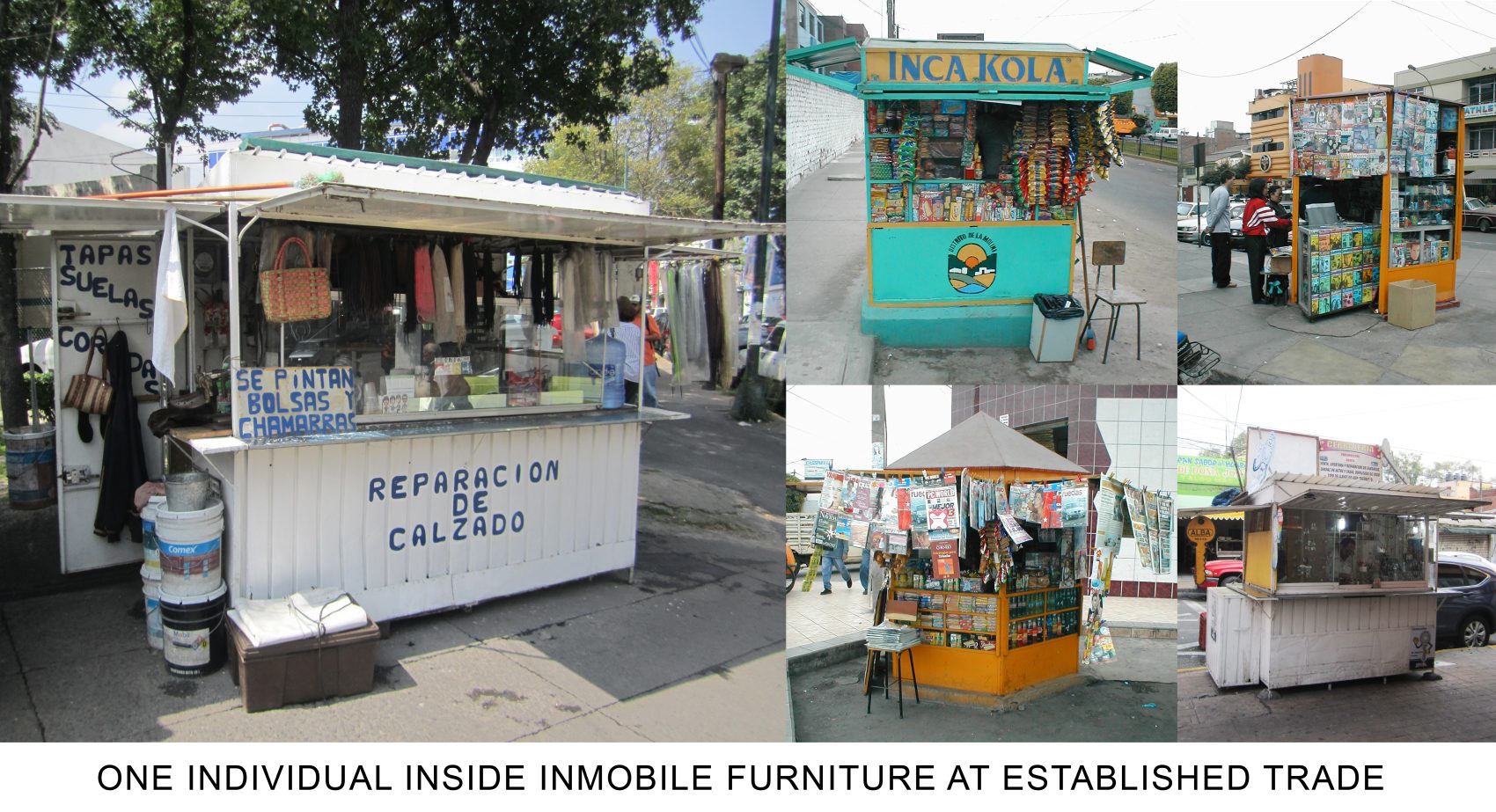
One individual inside an immobile furniture as established trade, in this forth stage and through the process of urban sedimentation and street appropriation, the merchant transforms furniture into property, furniture into real state.
CONTRIBUTOR(S)
Giacomo Castagnola received his Master of Science in Art, Culture and Technology (SMACT) from the MIT and his BA in Architecture from Ricardo Palma University in Lima, Peru. He established the Germen Estudio of architecture and design.
